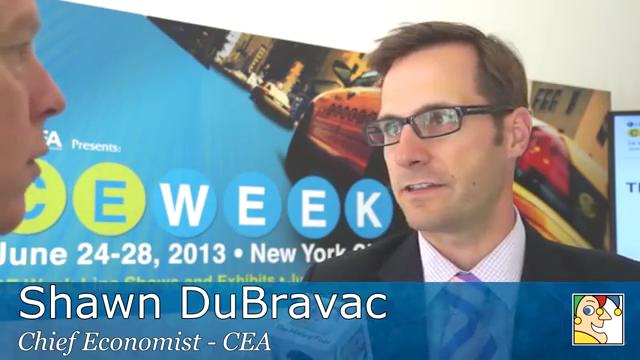The role of social in reading is becoming more pronounced. I’m not talking neighborhood book clubs here (no offense). The social aspects of today’s reading leverages the digital environment where both reading and the sharing of content (and consequently content discovery) is taking place.
In Kindle for example, Amazon shows sections of texts highlighted by a large number of other readers. This reading as social allows you to see what others have found important (and thus highlighted). I’ve found this aggregated, anonymous approach to be very valuable when reading. It keeps me engaged, helps with retention and ensures I haven’t missed something many others found significant. This provides a break from reading without providing a distraction. More, it takes advantage of the wisdom of the crowds.
Kindle’s approach highlights important elements of social reading – implicit and anonymous involvement. Individuals highlighting text are implicitly contributing to the wisdom of the crowds. We don’t realize it or internalize it. Therefore we don’t adjust our behavior. Moreover, in a world were anonymity is increasingly difficult to maintain the Kindle approach shows that anonymity can and does work.
Reading as social is about information aggregation. While some services provide the source of the recommendation, this is really secondary to the aggregation aspects users are reaching for. Content aggregation broadly is the second key element in defining the future of reading as social. As I mentioned above, content sharing and subsequently content discovery is currently happening in a disaggregated way. We receive link recommendations through services like Facebook, Twitter and RSS feeds. These recommendations come in at different time points throughout the day and are uncategorized. Aggregation services like Zite, create “personal magazines” by categorizing all of these recommendations into classes or groupings. The momentum behind personal magazines is really a story about aggregation.
Wikipedia – as a collaboratively sourced document – is socially influenced reading. The integration of Facebook comments in blogs and new sites across the web is social reading. Here your real identify is tied to the your comments. Facebook Likes, Twitter tweets, and LinkedIn shares are all ways reading is becoming more social. With the deluge of readable material these ‘short-cuts’ will eventually help individuals sort what they do and don’t read.


